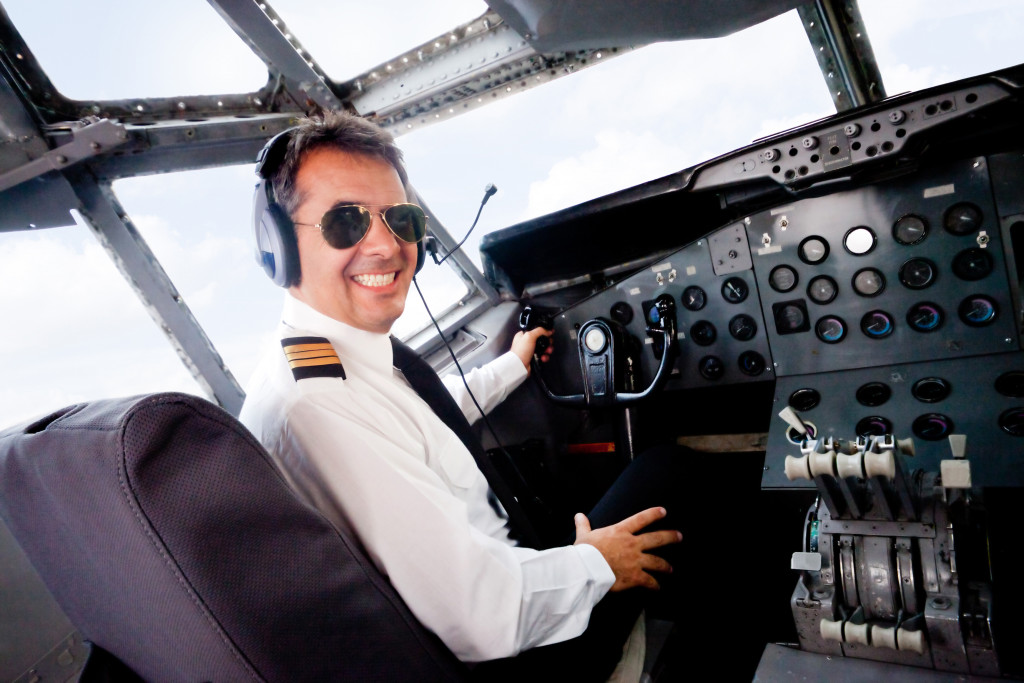• Portable Ground Power Units (GPUs) provide a reliable power source for aircraft maintenance procedures.
• Utilizing drones will enable you to do efficient visual inspections, replacing dangerous, time-consuming manual methods.
• Augmented and Virtual Reality technologies improve training and troubleshooting for maintenance personnel.
• 3D Printing facilitates the on-demand production of complex components, eliminating the need for large inventories.
• Smart technologies like predictive maintenance enable accurate real-time data collection and analysis for more efficient maintenance operations.
The aviation industry is soaring to new heights thanks to rapid technological advancements. Innovative solutions have simplified complex processes, improving efficiency, safety, and convenience. Aircraft maintenance, in particular, has seen a massive transformation in recent years. In this blog, you will learn about game-changing technologies that have revolutionized the way aircraft maintenance is conducted, ensuring convenience and cost-effectiveness for professionals in the aviation sector. Read on to learn more.
Portable Ground Power Units (GPUs)
A typical maintenance routine for an aircraft involves several on-ground procedures that require a reliable power source. This is where Portable Ground Power Units (GPUs) come into play. These compact and mobile power sources enable efficient maintenance procedures without having to rely on a fixed power supply.
GPUs can supply both AC and DC power, which is essential for running various aircraft systems and diagnostics during maintenance checks. In addition, modern GPUs come equipped with features like remote monitoring, silent operation, and energy efficiency, making them indispensable in aircraft maintenance.
Drones for Inspections

Visual inspections are a vital part of aircraft maintenance, ensuring the airworthiness and overall safety of an aircraft. Traditionally, these inspections required technicians to climb scaffolding or work on elevated platforms, which could be time-consuming and potentially dangerous. The introduction of drones into the maintenance game has made these inspections faster, safer, and more convenient. Equipped with high-resolution cameras and advanced sensors, drones can easily navigate around an aircraft, capturing detailed images and videos of its exterior. Technicians can then analyze the data from the safety of the ground, spotting any signs of damage or wear.
Augmented Reality (AR) and Virtual Reality (VR)
Augmented Reality (AR) and Virtual Reality (VR) technologies have experienced a massive boom in recent years, and their applications in aircraft maintenance cannot be overstated. These immersive technologies provide convenient and efficient ways to train maintenance personnel, simulate complex tasks, and troubleshoot systems.
For instance, AR can overlay digital information, such as schematics or step-by-step instructions, onto the real-world view of technicians, guiding them through the maintenance process. Similarly, VR can be used to simulate a maintenance task, allowing technicians to practice in a risk-free environment, improving their skills and overall performance.
3D Printing
Aircraft parts can be expensive and sometimes challenging to source, leading to extended downtime during maintenance. 3D printing technology has emerged as a game-changer in this regard. It enables the on-demand production of complex aircraft components, reducing the need for large inventories and cutting down lead times for part replacements.
In addition to the convenience factor, 3D Printing also has the potential to reduce costs and increase the availability of parts for older aircraft models, which may not be readily available in the market.
Smart Technologies
The introduction of smart technologies has made it possible to collect, analyze, and act on real-time data during aircraft maintenance. Here are innovative smart technologies that are revolutionizing maintenance operations:
Predictive Maintenance Solutions
Advanced analytics and Machine Learning algorithms can identify potential issues before they cause significant damage, allowing for timely repair or replacement of parts. Additionally, predictive maintenance also enables efficient inventory management, ensuring that the correct parts are available when needed.
Autonomous Maintenance Robots
Autonomous robots can be used to perform inspections and repairs in difficult-to-reach areas, increasing safety and reducing the need for human intervention. These robots can be programmed to perform a variety of tasks, making them highly efficient and cost-effective.
Online Repair Manuals
Technicians can access detailed schematics and repair instructions online, eliminating the need to carry hard copies of documents or manuals.
Cloud-Based Maintenance Platforms

Software applications and cloud-based platforms enable technicians to access real-time data from aircraft systems, ensuring accurate and timely maintenance processes.
By utilizing smart technologies, you can streamline your aircraft maintenance operations, improving efficiency and cutting down costs.
The introduction of game-changing technologies in aircraft maintenance has revolutionized how professionals conduct their operations. From Portable Ground Power Units (GPUs) and drones to smart technologies, plenty of innovative solutions can make maintenance processes faster, safer, and more cost-effective.
By leveraging these advanced tools, you can streamline your aircraft maintenance process and ensure optimal efficiency for all future projects. With the latest technology advancements, the sky’s the limit for improving aviation safety standards!



